How Sulabh is bringing light into the lives of widows of Vrindavan and Varanasi
According to 2011 census data, India is home to 5.6 crore widows, who account for 4.6 percent of the country's total population. Given that women live longer than men, and a sizeable age gap between husband and wife is not uncommon in our society, there are almost four times more widows than widowers in India.
The situation is made worse by patriarchy. While a man is permitted to remarry after the death of his wife, in most communities belonging to the patrilineal upper-caste, low-economic fold, widows are deprived of almost all social, personal, and economic rights.
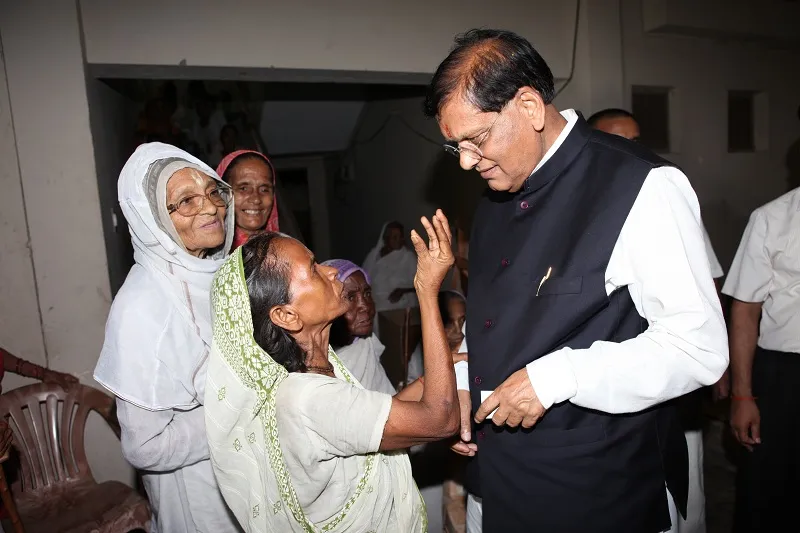
In these communities, a stigma of inauspiciousness is attached to the widow. Seeing one while embarking on a journey or other important work is considered ominous. Confined to their rooms, these widows are not allowed to participate in family celebrations and functions.
These women, who until their husband's death were leading a happy and colourful life, are suddenly pushed into darkness. Some of them at a very young age. Forced into living ostracised, stigmatised, and austere lives, widows are often made to wear only white sarees, eat simple food, and engage in deity worship for the rest of their lives. Some are even subjected to rape and abuse. According to Dr Bindeshwar Pathak, founder of Sulabh International Social Service Organisation -
"It was after the release of 2011 census data, when Ms Aarti Dhar of The Hindu did some excellent stories on the widows of Vrindavan, describing how they were living in extreme wretchedness and facing starvation, when the world took notice of their condition. To eke out their living, the widows would sing bhajans in the local ashrams and would earn paltry Rs 8 a day. Survival on this money was extremely difficult, but death was even worse. After death, the dead bodies of the widows were chopped up, filled in a gunny bag and thrown into river Yamuna. There was no arrangement for cremation of dead bodies as per the Hindu rites."
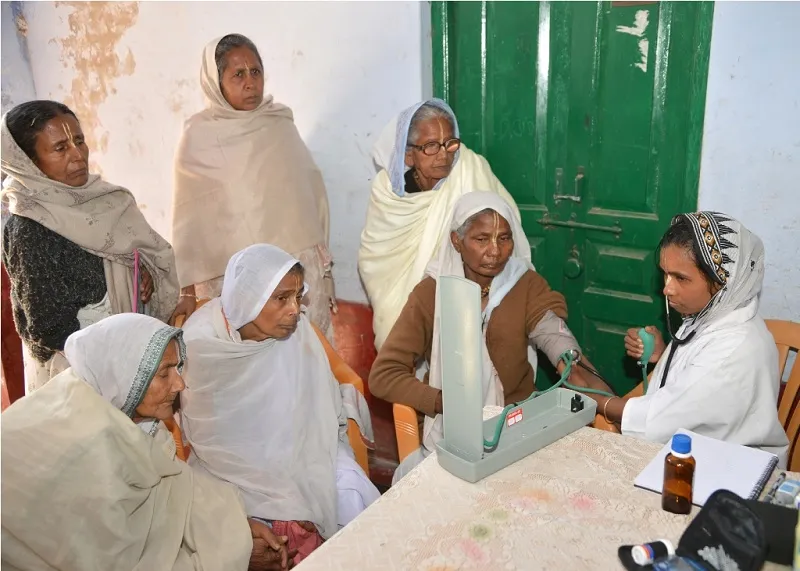
Taking into notice the plight of widows, the Supreme Court of India asked the National Legal Service Authority (NALSA) to contact Sulabh and engage India's largest nonprofit organisation to help uplift the widows of Vrindavan.
Dr. Pathak still recalls that day in August 2012, sometime during Rakshabandhan, when he had gone to Vrindavan and met the widows of the town, most of whom were reduced to begging on the streets. They surrounded him and shared stories of their plight - how they had to live without money, food, and basic amenities. Dr. Pathak says,
“We soon started giving an assistance of Rs 1,000 to each widow, and after realising that this money was not enough to get their ends met, we decided to increase the monthly stipend to Rs 2,000. We employed teachers to teach them Hindi, English and Bangla, as most of the widows hailed from West Bengal. We also started providing training to the widows who are physically fit in different vocations like making incense sticks, garlands, and dresses for Radha and Krishna.”
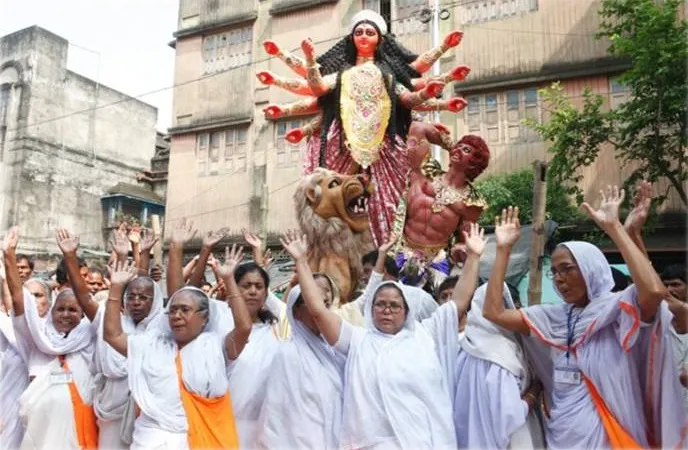
Sulabh also arranges for marketing these goods, to make sure that the widows become self-sufficient. The initiative currently supports about 800 widows in Vrindavan and about 200 widows in Varanasi, and 154 families, including 32 widows in Uttarakhand’s Deoli-Bhanigram village where many people had perished during the devastating floods of 2013.
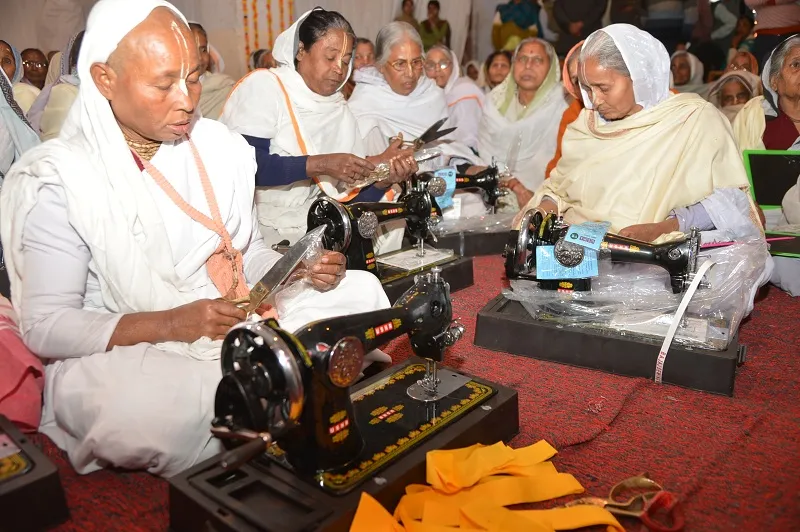
From regular medical eye, dental checkups, and ambulances to annual trips to Kolkata during Durga Puja and visiting the Taj Mahal, Dr. Pathak and his organisation has tried to ensure the widows led a normal and happy life. The widows in these facilities now celebrate Holi, Diwali, Rakshabandhan, and Christmas and are gaining greater social acceptance. A Sulabh Helpline runs 24 x 7 to attend to their emergencies. Sulabh has also ensured that a deceased widow would be cremated according to proper Hindu rituals. Dr. Pathak adds –
“Earlier, these widows used to tell me that they had not wish to live anymore. Now they tell me that they don’t want to die anytime soon. We wanted to give them a mayaka (maternal home), and I think that we have been able to do so.”
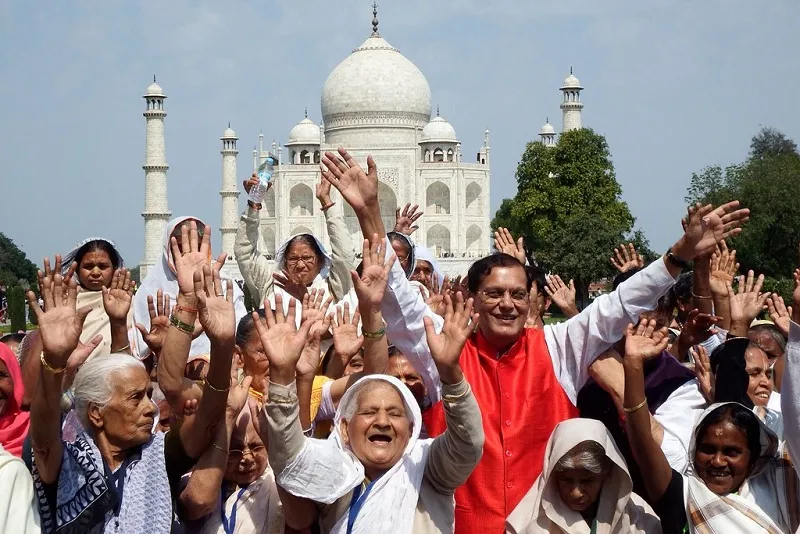
Sulabh is planning newer facilities for widows in Nabadwip and Baghmara, both in West Bengal. Sulabh is raising funds through crowdfunding to bring light into lives of more widows. Dr. Pathak is, however, aware of the scale of the problem and the limited scope of an NGO. Given that an estimated 15,000 widows live in Vrindavan alone, and thousands get added each year, the plight of these women need to be addressed at the policy level.
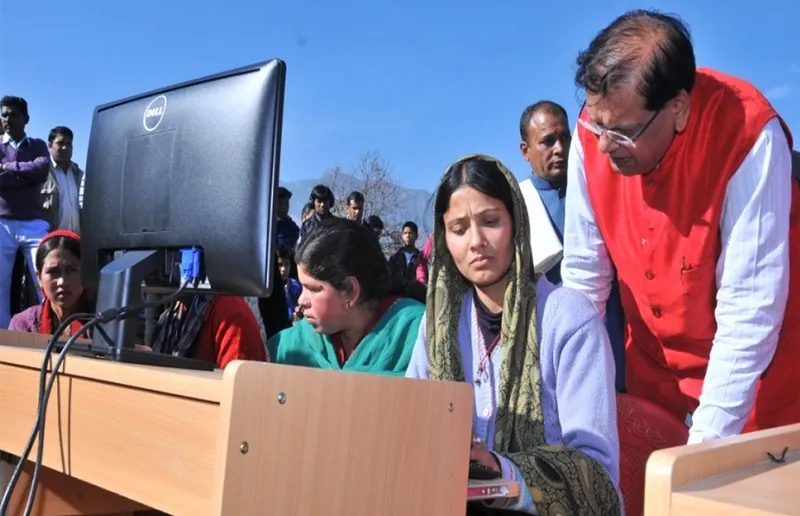
Sulabh has drafted a bill for the Protection of Widows. The bills seeks better stipend and vocational education for all widows so that they could earn their own livelihood and be self-reliant. Dr. Pathak is hopeful -
“We are now planning to contact the Lok Sabha Speaker, our Prime Minister and our Union Law Minister. We will request them to bring this Draft Bill with necessary amendments as the Official Bill in Parliament. In order to address the plight of our widows, we need to make them relevant. If widows are educated, vocationally trained, and can look after themselves, greater social acceptance will automatically follow.”







